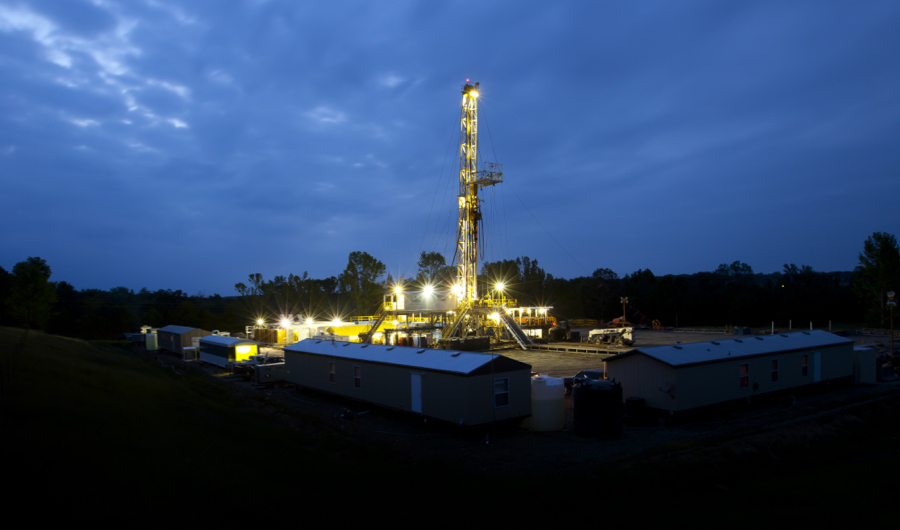Elliott’s BHP adventure pays dividends, but not total victory: Russell

By Clyde Russell
LAUNCESTON, Australia, Aug 22 (Reuters) – It’s tempting to think that BHP Billiton has caved into demands by activist investor Elliott Advisors by agreeing to sell its U.S. onshore oil and gas business and by boosting the returns to shareholders.
After all, divesting the U.S. shale assets and lifting shareholder returns were two of Elliott’s three main points, made by the hedge fund in a letter to BHP directors in April.
But it’s worth asking whether the decision to put the shale assets up for sale and increase dividends was motivated mainly by Elliott’s intervention, or whether they would have happened anyway.
As far as dividends are concerned, it was always likely that BHP would follow fellow miners like Rio Tinto in returning substantially more cash to investors, especially in the light of the huge boost to free cash flow from sharply higher prices for iron ore and coal.
BHP said in its annual results on Tuesday that it would triple its final dividend to $0.43 a share, slightly below the expectations of analysts.
The world’s largest mining company also posted a five-fold rise in annual underlying profit to $6.7 billion for the year to June 30, which was below the market consensus for earnings of around $7.4 billion.
Given the earnings miss, it could be argued the increase in the dividend was generous.
But what was also key was that BHP decided to pay down net debt, which was reduced by nearly $10 billion in a move that will strengthen the balance sheet.
It’s likely that Elliott would have preferred the free cash being generated by BHP to be used for a share buyback, rather than cutting debt.
Overall, it’s hard to sustain an argument that Elliott forced BHP to pay a higher dividend, although credit should be given to the fund for putting BHP’s shareholder returns under a microscope with their April letter.
It’s also somewhat mixed on BHP’s decision to put up the onshore U.S. shale assets up for sale, as Elliott’s preferred path was to spin all of the company’s petroleum assets into a separate, New York-listed company.
“We have determined that our onshore U.S. assets are non-core and we are actively pursuing options to exit these assets for value,” BHP said in its results presentation.
Again, Elliott deserves credit for turning a blowtorch on BHP’s underperforming assets, but it’s also likely that at some point the company’s board and management would have had to acknowledge that the $20 billion investment in shale, made six years ago, was a mistake in hindsight.
CAUTIOUS OUTLOOK
The third leg of Elliott’s demands, namely that BHP end its dual-listed structure in both Sydney and London, doesn’t appear to have made an appearance in Tuesday’s results, and probably remains a non-starter.
The Australian government has made it clear it doesn’t approve of BHP abandoning its Sydney-listing and moving its headquarters overseas, meaning that even if BHP’s board thought it was a good idea, it would be a major struggle to get regulatory approvals.
What is likely to be of more relevance to Elliott, and other investors, is how sustainable are BHP’s increased dividends.
The company was cautious in its commentary, saying it expected crude oil prices to trend higher, steel demand to grow modestly, and the cost curve for iron ore to continue flattening.
BHP also said there was policy uncertainty in China over metallurgical coal, but the outlook for the seaborne market was positive.
Overall, it would seem BHP isn’t expecting the prices of its major commodities to rally strongly, but equally it isn’t forecasting any substantial declines.
This means the company should remain a strong generator of cash, and assuming it remains committed to capital discipline, returns to shareholders can increase, but it’s unlikely the massive jump in dividends seen for the year to June 30 will be repeated.
Nonetheless, BHP’s Sydney shares remain well below levels that prevailed when the company wasn’t in such a strong position.
In early trade on Tuesday, BHP reached A$26.12 ($32.88) a share, up 1.6 percent from Monday’s close.
However, the stock is still down from its peak this year of A$27.95 on Jan. 25, and is miles away from the A$45 it fetched in April 2011, the high point reached just prior to the five-year slump in iron ore and coal prices.
For Elliott to declare more than a partial victory, it’s likely that the share price will have to post solid gains, while returns to shareholders increase incrementally.
Disclosure: At the time of publication, Clyde Russell owned shares in BHP as an investor in a fund. (Editing by Joseph Radford)
{{ commodity.name }}
{{ post.title }}
{{ post.date }}

Comments